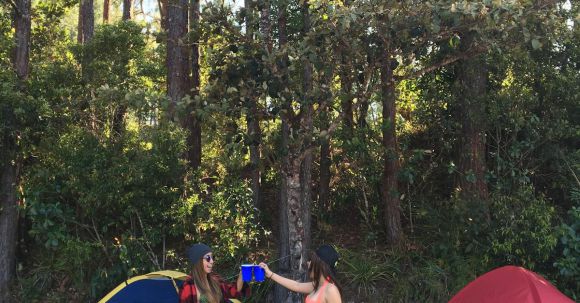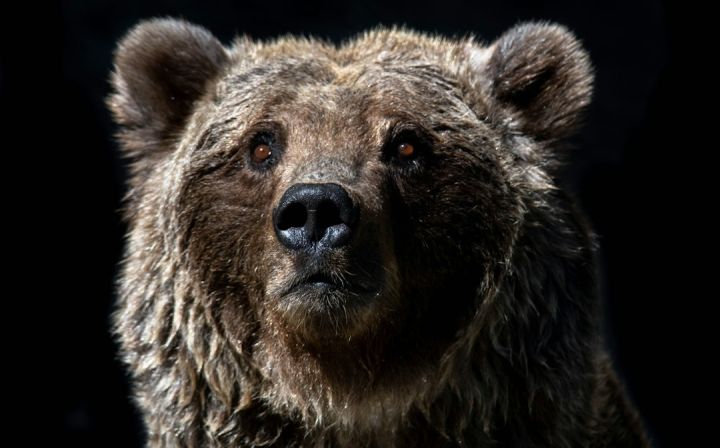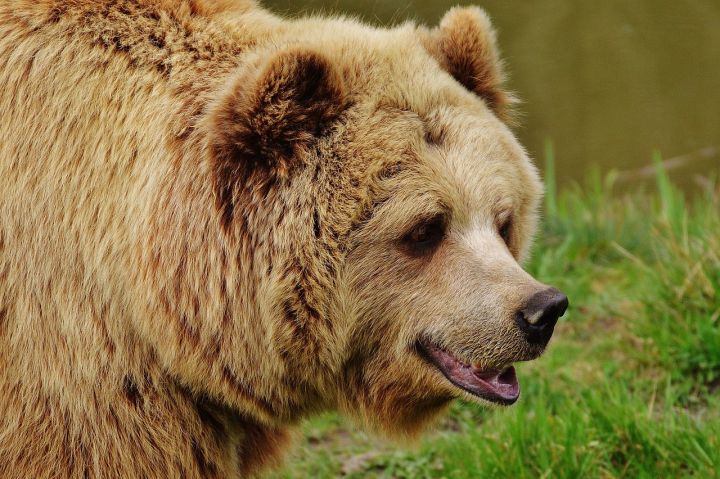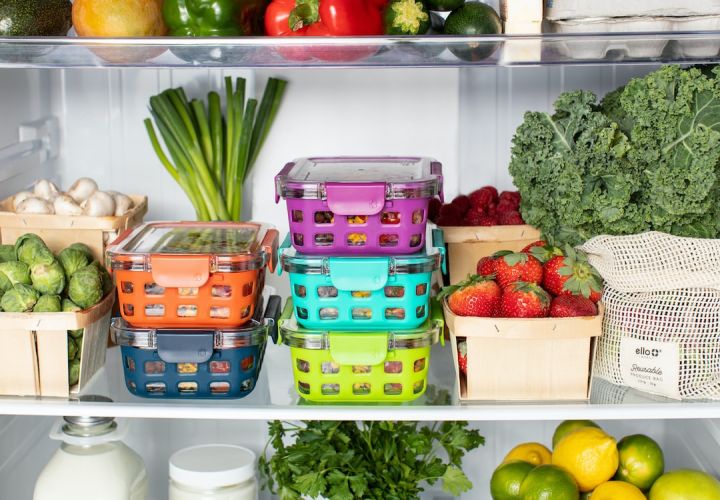How Long Does Bear-safe Food Storage Last?
When it comes to camping and hiking in bear country, one of the most important things to consider is how to keep your food safe from hungry bears. Bears have an incredible sense of smell and can be attracted to even the faintest scent of food. Therefore, it is essential to store your food in a way that is bear-safe. In this article, we will explore how long bear-safe food storage can last and provide some tips on how to ensure your food stays safe during your outdoor adventures.
Understanding Bear-Safe Food Storage
Bear-safe food storage refers to the practice of keeping your food in a manner that prevents bears from accessing it. This is crucial because bears are opportunistic creatures and will not hesitate to break into food containers or even tents to get to a tasty meal. By properly storing your food, you not only protect yourself but also the bears, as they may become dependent on human food and lose their natural foraging skills.
The Shelf Life of Bear-Safe Food
The shelf life of bear-safe food storage depends on several factors, including the type of food, the packaging, and the environmental conditions. Generally, dehydrated or freeze-dried foods have a longer shelf life compared to perishable items. These foods are specially processed to remove moisture, which helps to prevent spoilage and bacterial growth. Typical shelf lives for dehydrated or freeze-dried foods range from several months to several years, depending on the product.
Proper Packaging for Bear-Safe Food Storage
Choosing the right packaging is crucial for maintaining the integrity of your bear-safe food storage. It is best to opt for containers that are airtight and odor-proof. This helps to minimize the scent of your food and prevents bears from being attracted to it. Vacuum-sealed bags, bear canisters, and bear-resistant coolers are some examples of effective packaging options. Remember to also pack your food in a way that minimizes noise, as bears have sensitive hearing and may be drawn to rattling or crinkling sounds.
Environmental Factors and Bear-Safe Food Storage
Environmental factors play a significant role in determining how long bear-safe food storage can last. High temperatures can accelerate the spoilage of perishable items, while extreme cold can affect the quality and taste of some foods. It is essential to consider the climate and weather conditions of your camping or hiking destination when planning your food storage. In hot weather, using ice packs or frozen water bottles can help to keep your food cool. In cold weather, insulated containers or thermos flasks can help to maintain the temperature of your food.
Tips for Bear-Safe Food Storage
To ensure your food remains bear-safe for as long as possible, follow these tips:
1. Keep your food storage area at least 100 yards away from your sleeping area.
2. Hang food bags or use bear canisters to store your food off the ground and out of reach of bears.
3. Avoid storing food in your tent or vehicle, as bears can easily break in.
4. Dispose of food waste properly by using bear-proof trash cans or packing it out with you.
5. Clean up any spills or food residue immediately to minimize odors.
Conclusion: Keeping Your Food and Bears Safe
Bear-safe food storage is essential for both your safety and the well-being of bears. By understanding the shelf life of different foods, choosing the right packaging, considering environmental factors, and following some essential tips, you can ensure that your food remains bear-safe during your outdoor adventures. So, before embarking on your next camping or hiking trip, take the time to plan your food storage carefully and enjoy your time in bear country while minimizing any potential conflicts with these magnificent creatures.






